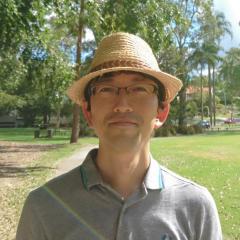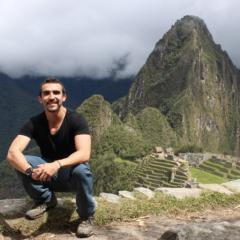Scientific evidence about what works for conservation is now increasingly required to effectively inform conservation decision-making globally. However, a major challenge for such evidence-based conservation is the lack of relevant scientific knowledge for a majority of species and locations. A recent study1 found that over a third of conservation-related scientific documents are apparently published in languages other than English. Nevertheless, non-English-language literature is quite often completely ignored by international scientific communities. If we could make better use of such non-English-language literature scattered around the world, it might enable a less biased understanding of biodiversity on this planet and more effective solutions for its conservation.
Cataloguing for conservation
CBCS chief investigator Dr Tatsuya Amano is tackling this novel challenge through an ARC-funded project (translatE – transcending language barriers to environmental sciences: https://translatesciences.com). Based on global collaboration with the Conservation Evidence project at the University of Cambridge and 39 collaborators from 17 countries, the project has built a comprehensive catalogue of over 400 conservation-related journals published in 14 non-English languages. By screening a total of 386,000 papers published in those journals, the project has successfully identified over 600 papers that provide important scientific evidence on what works for the conservation of global biodiversity.
While continuing its searches for papers in languages beyond the 14 so far screened, the project has also started to compare specific scientific information published in the different languages, aiming to test whether the use of the knowledge contained in the non-English-language literature could effectively fill the gaps in English-based scientific knowledge. Further, the project is exploring manual and semi-automated approaches to more efficiently identifying important non-English-language literature. Findings and outcomes from the project are expected to uncover previously untapped potential in non-English-language science and help to build unbiased and more rigorous evidence bases for tackling global challenges, such as the ongoing biodiversity crisis.
1Amano et al. (2016) Languages are still a major barrier to global science. PLOS Biology 14: e2000933. https://doi.org/10.1371/journal.pbio.2000933

Photo: CC-BY-SA



